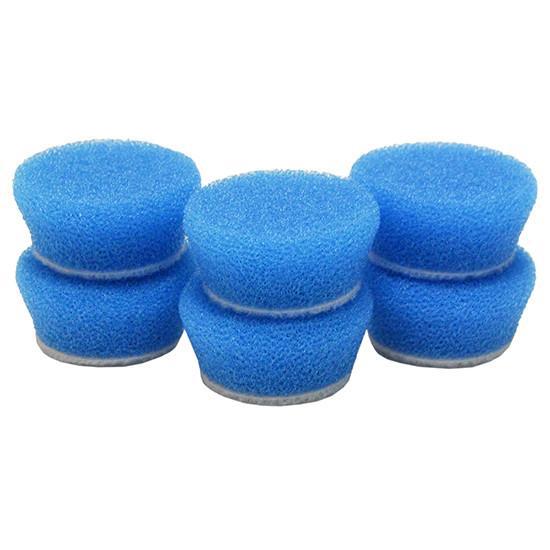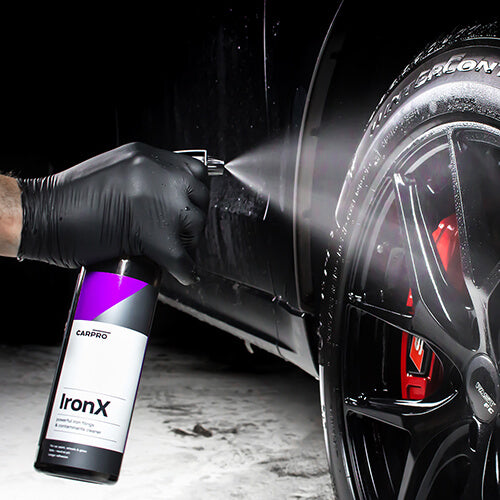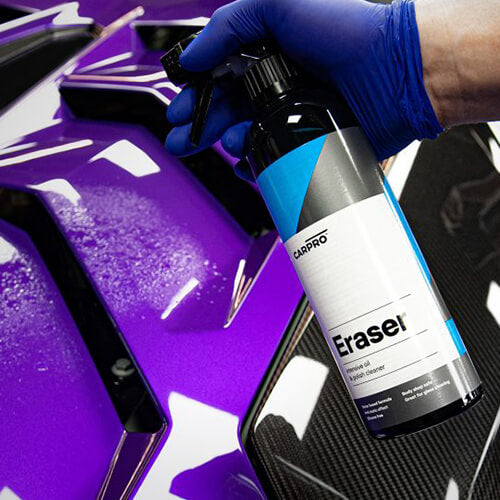chemical resistant
As implied by its name, this new formula integrates Silicon Carbide (SiC) for enhanced chemical resistance. CARPRO has also significantly enhanced user-friendliness, resistance to water spotting, and elevated both gloss and depth. The remarkable level of slickness is sure to leave you delighted with the results.
- PH 3-12 CHEMICAL RESISTANCE
- BETTER RESISTANCE TO WATER SPOTS
- EXTREME SMOOTHNESS AND DEEP GLOSS
- VERY EASY APPLICATION IN ANY TEMPERATURE
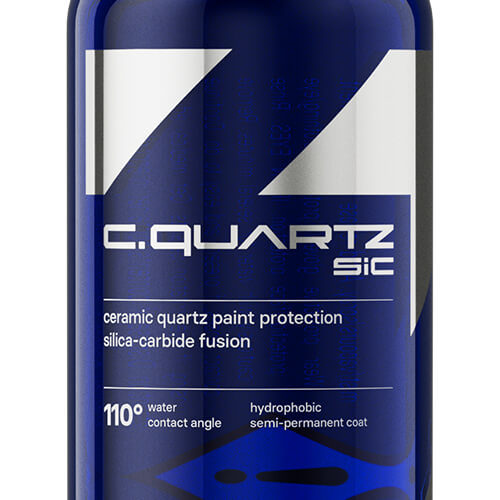
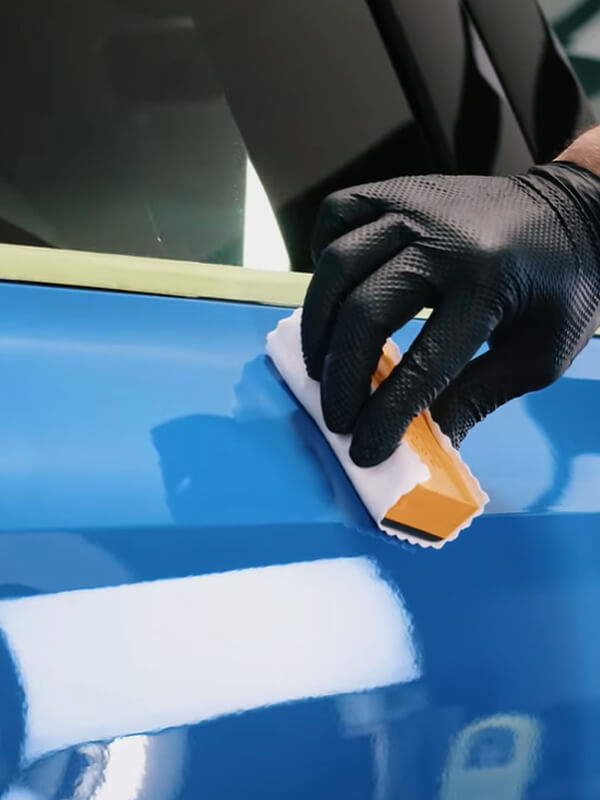
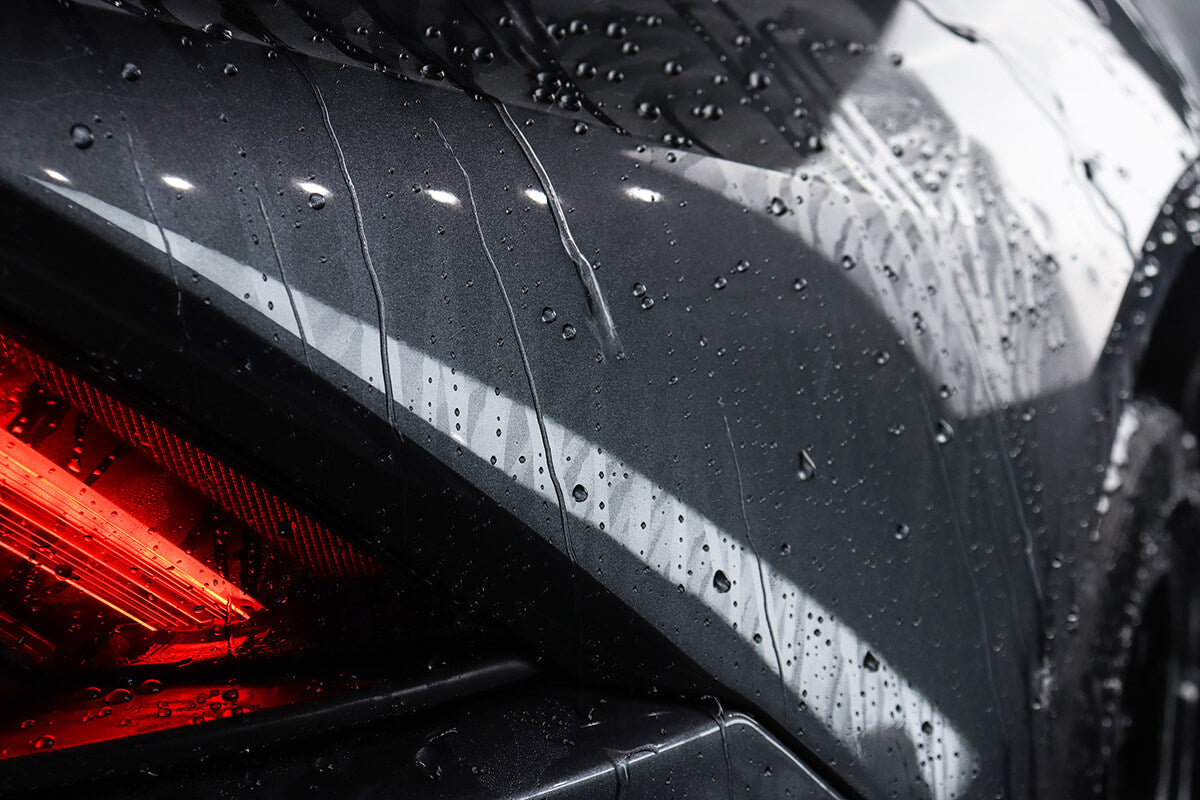
#SiC
Super slick
SiC is exceptionally slick and is frequently applied on top of CARPRO CQUK to enhance slickness and water spot resistance. Unlike Gliss, SiC is not only a top coat; it is a genuine ceramic coating that undergoes hardening and crystallization to create a durable 9H barrier that can be applied as a standalone product.
Pre-Coating Prep
Eraser removes any polish oils and any other residues left over or missed.
Coating Maintenance
Reset employs intelligent pH surfactants, combining the potency of an alkaline cleaner with a pH-neutral composition solution.
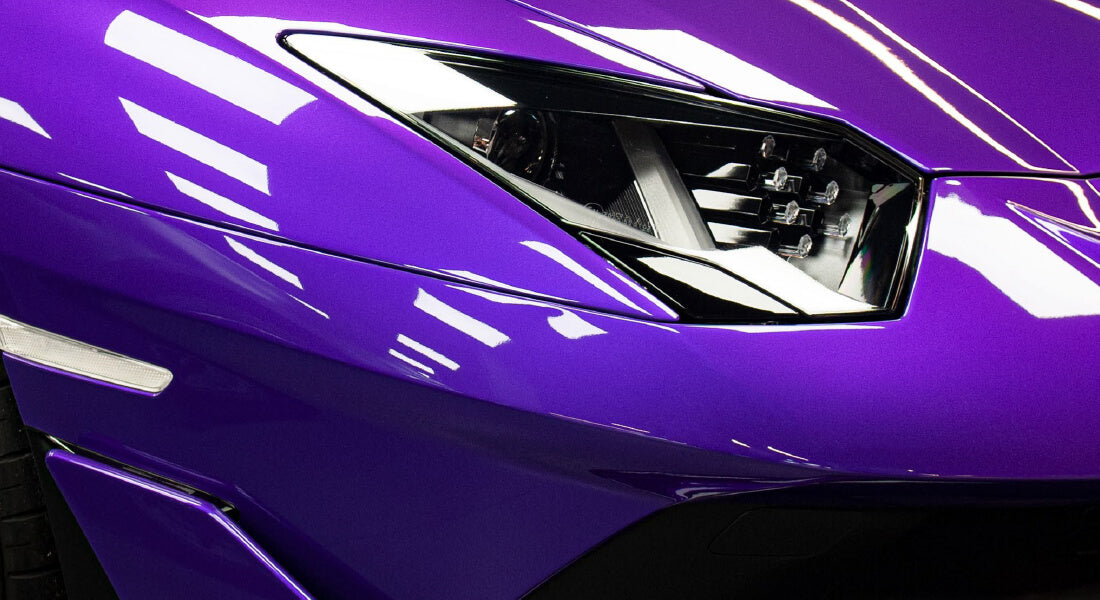
Quick tip
Ensure that you wipe the panel down with CARPRO Eraser beforehand to guarantee proper coating adhesion. It can also be utilized to remove polish residues.
The recommended wipe-off time typically falls within 5 to 7 minutes at 20°C and 45% humidity. Ensure it does not feel tacky or sticky during the wipe-off process. SiC can be left on the paint for up to 10 minutes.
Scroll down for detailer reviews and FAQs.
CARPRO Cquartz SiC Coating
The Best Ceramic Coating.
To celebrate the end of the decade and ten years of CQUARTZ, we are proud to introduce the next evolution. After intense research, development and testing, CQUARTZ SiC is ready to continue where TiO2 left off.
As the name suggests, this new formula also includes SiC (Silicon Carbide) for additional resistance against chemicals. We have also greatly improved ease of use, resistance to water spotting and even amped up the gloss! Finally, the slickness will leave you thrilled with the finished product.
CARPRO SIC FAQs
This depends on several factors. Is the vehicle primarily used in the summer or winter? How frequently is it maintained and topped up with Reload or Elixir? For our Canadian climate, we often recommend applying two layers. While this won't double the coating's longevity, it can still provide a significant boost, around 20% or more, compared to a single-layer application. Since the vehicle is already clean and prepped, it's a good idea to apply a second layer. While the preparation process may take some time, the application itself is straightforward.
If the vehicle is only driven in the summer and receives monthly maintenance, then SiC can easily last for at least two years and beyond. However, if it's a daily driver used throughout the year, especially in the winter, maintenance becomes crucial for its longevity. Without regular maintenance or reapplication during the winter months (understandably challenging in -30C weather), you may notice wear and deterioration on the lower sections due to road salts, chemicals, contaminants, and other factors. After a thorough decontamination, water beading may return, but it's not uncommon for the lower sections to show signs of wear after winter. This is particularly true given the harshness of our winters, at least here in Calgary. The key takeaway is that the coating is designed to wear off first, protecting the paint beneath.
The recommended wipe-off time typically falls within 5 to 7 minutes at 20°C and 45% humidity. Ensure it does not feel tacky or sticky during the wipe-off process. SiC can be left on the paint for up to 10 minutes.
This is a matter of debate, but personally, we advise against it. The concept here is to allow the coating to fully cure and harden before applying anything on top of it. If Reload is applied too soon, it can potentially remove the Cquartz as you wipe it. It's best to refrain from any additional applications for at least a week. That brings us to the next question:
Indeed, layering is encouraged, but it's essential to find the right timing. We typically recommend waiting between 2 to 4 hours between layers, but it's best not to exceed 24 hours. The reason for this is that if you wait too long, you'll be applying the second layer onto a surface that has already hardened and became slick, and the bonding won't be as effective. On the other hand, if you apply the second layer too quickly, the solvents in the second layer can soften the first layer, essentially merging them into one. Ideally, you want to apply the second layer when the first layer is still in the process of curing, so they can bond cohesively. You want the coating to be both physically layerable and able to bond well at the same time.
For a mid-sized vehicle, such as a Camry, you can expect to use approximately 15ml per layer. A mid-sized SUV will require around 20ml, and a full-sized truck will typically use between 25 to 30ml. It's important to note that applying two coats does make a noticeable difference.
You can layer SiC on its own without any issues or enhance its slickness by topping it with Gliss. Here are some popular combinations to consider: CQUK + SiC, CQUK + Gliss, CQUK + SiC + Gliss (slightly advanced but delivers optimal results), or simply CQUK + CQUK, followed by applying Reload after a week.
A general rule of thumb is to avoid water contact for 24 to 48 hours and refrain from using soap for a week. However, after the coating is applied, you can take the vehicle out immediately. Dust and wind won't have much effect, but it's important to be mindful of bugs, which can impact the finish. If you're a business coating a vehicle for a customer and it must be exposed to water within the next 12 hours, you can very gently wipe it down with Reload or Release. We still recommend against it, but sometimes it's necessary. It's important to understand that drying and curing are distinct processes. While the coating or panel may feel dry to the touch right away, curing involves the molecular locking process, and it requires time to fully cure.
While a temperature of at least 10°C is recommended, you can attempt the application even in conditions as low as 3°C. If the temperature reaches 28°C, it's considered on the warmer side. Ideally, you want the coating to stay on the panel for at least 2 minutes without flashing right away. If it flashes within a minute, it's likely that the panel is too hot.
No, simply ensure that the panel is free from dust during application and that there is no water or moisture present after application.
You can use products like Reload, Elixir, Reset, HydroFoam, Hydro2Lite, etc., as frequently as you'd like. The only product to exercise caution with is Reset; be sure to adhere to the dilution instructions. Using too much of any soap can potentially impact the effectiveness of the coating, wax, or sealant, as it is, after all, a detergent.
Any pH-neutral soap is suitable for use, and CarPro recommends Reset and HydroFoam. Ideally, avoid using wash and 'wax' products. While you can use them, it's worth noting that a wash and 'wax' product tends to diminish the water-beading properties of your coating. This results in reduced hydrophobicity after washing. After all, who would want that?!
Previously, it was labeled with a 2-year expiration date. However, CarPro no longer includes an expiration date on the product, primarily because coatings are solvent-based and highly chemically stable. So, for practical purposes, let's consider a shelf life of 2 to 3 years for now.
There's no official guideline on this, but as a general rule of thumb, once you've opened the bottle, solvents can begin to evaporate, and in some cases, the product may start to crystallize inside the bottle. Therefore, we typically recommend using up the bottle within 3 months. I can personally attest to having coatings from a while back, and while they still 'work,' they become notably challenging to buff off. Let's just say their hydrophobic properties didn't last as long.
Yes, SiC can be applied on trim, but the darkening effect is not as significantly as CARPRO DLUX.
Yes, you should definitely do that. Paint protection films (PPF) are soft and porous, and it's essential to coat them to prevent etching and the absorption of contaminants such as bird droppings and bug residue. While modern PPF films already have hydrophobic properties, it's still advisable to apply an additional coating to extend the life of the film.
Yes and no. SiC is designed to bond with paint, and glass/windows have different porosity, which may not allow for a strong bond. There's no issue if you choose to apply it on windows, but it's advisable to avoid the front windshield, as your wipers may create chatter (this depends on the type of wipers and washer fluid you use). You might want to explore using CARPRO GForce for your windshield instead.
Of course, but keep in mind that wheels can come in various finishes, such as powder coat, chrome, metal, anodized, painted, and more. It's best to use Carpro DLUX for wheel protection, as it offers better adhesion on multiple types of surfaces and is also heat-resistant.
Yes, it can work, but it's worth noting that the coating's adhesion may not be as robust as DLUX.
Are you referring to interior hard plastics, such as dashboards? No.
Yes, if the surface is glossy and smooth, such as piano black finishes.
Absolutely, it does! Coatings provide a 'glassy' finish compared to waxes or sealants. SiC also imparts a darkening effect, which doesn't make white paint appear darker but rather gives it a 'richer' look with enhanced depth. Depth in this context means that when you gaze into your paint's finish, you can perceive a greater level of detail within the reflections.
No problem at all. Coatings contain a significant amount of solvents and exhibit high chemical stability. For more details regarding winter shipping, please read our FAQ section on winter shipping.


